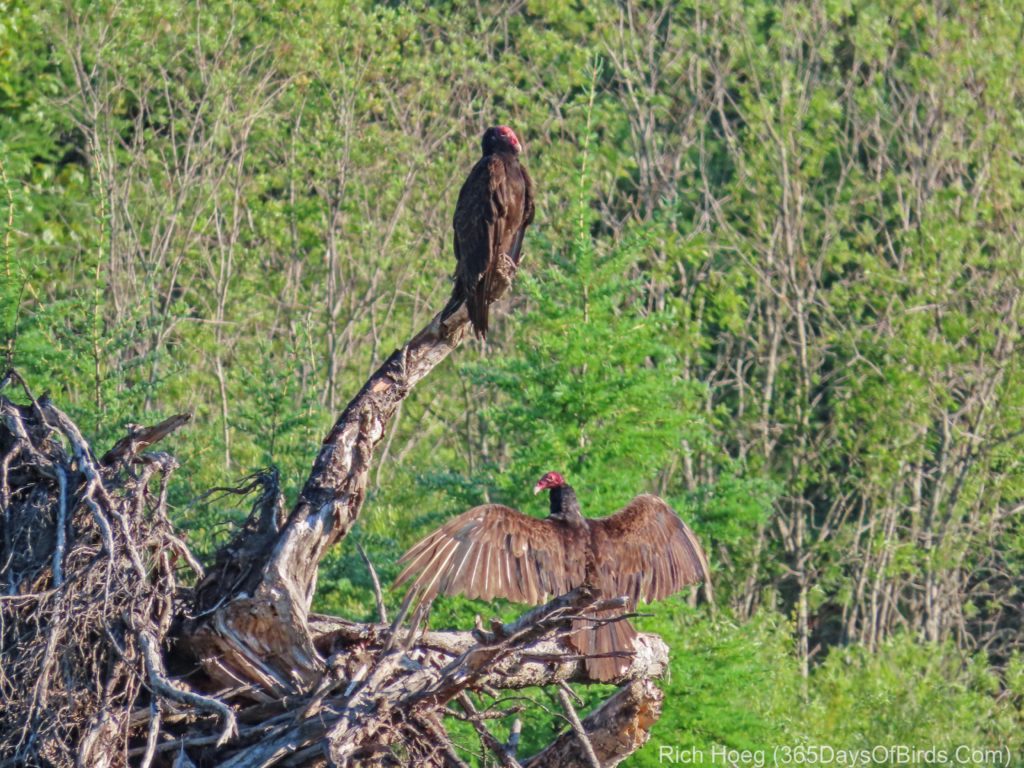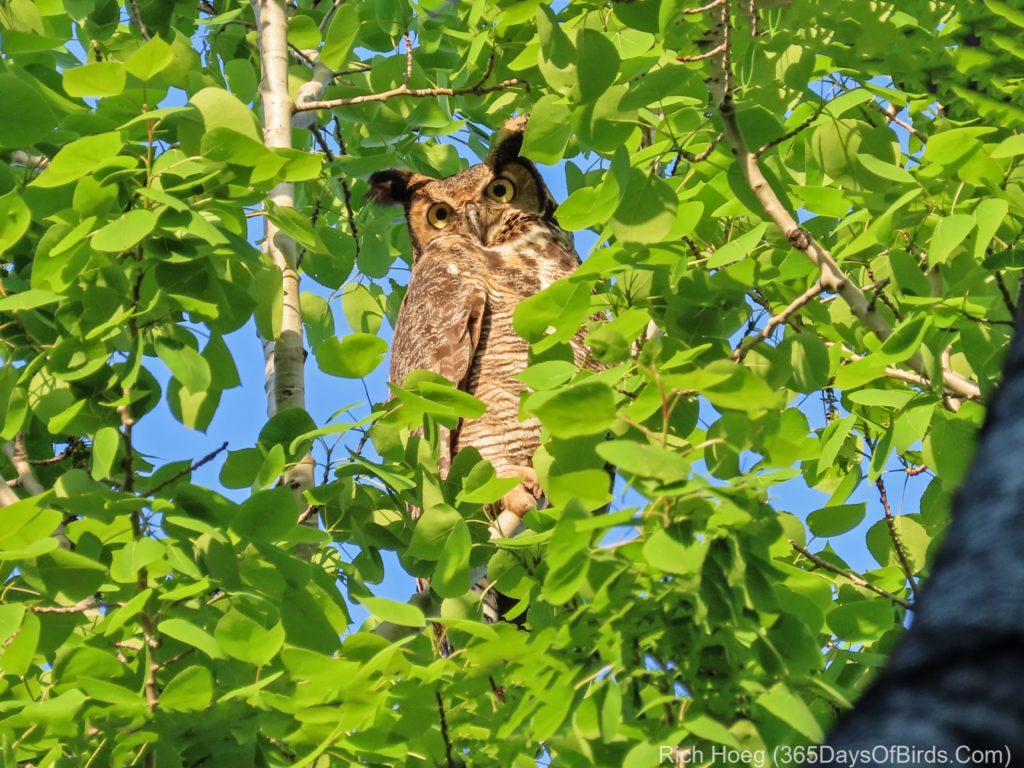Given the water temperature of Lake Superior near my house is still in the 30’s, I decided to drive over to Cloverland, Wisconsin this morning for a visit to the Wisconsin Wetlands. A south wind does not have come across the big lake unlike in NE Minnesota, and thus nature’s rejuvenation each spring is way ahead of my neighborhood.
I had fun watching Eastern Meadowlarks, which I would never find in the Boreal Forests near my house. Everyone has heard the catch phrase “every picture tells a story”. As a wildlife photographer the same image can often yield totally different stories. Take a look at the next three photographs which all come from EXACTLY the same image. In post production the photographer decides which story to tell. No story is wrong, just different. At the end of this blog post, I reveal which photo I like the best, but remember there is no wrong answer. Which story do you like better?
Story #1: Eastern Meadowlark about to dive down on some bugs. The close-up crop better shows the birds plumage.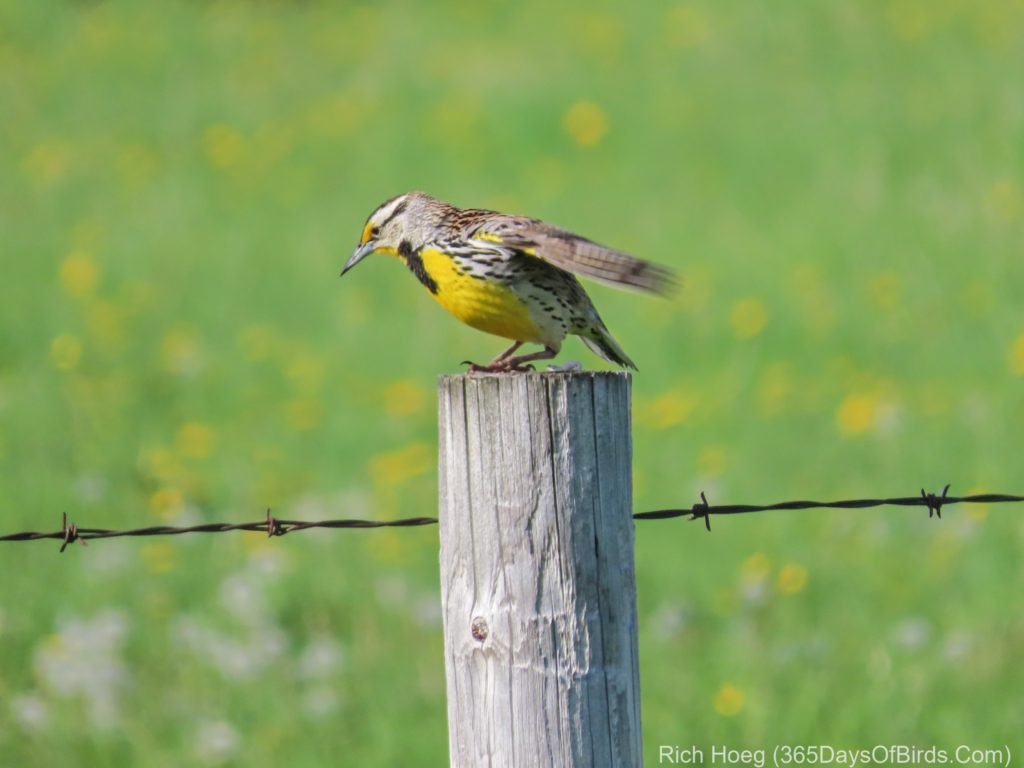
Story #2: Eastern Meadowlark about to dive down on some bugs while a black cow grazes in the background. The partial crop focuses upon the bird, but still emphasizes the pastoral scene.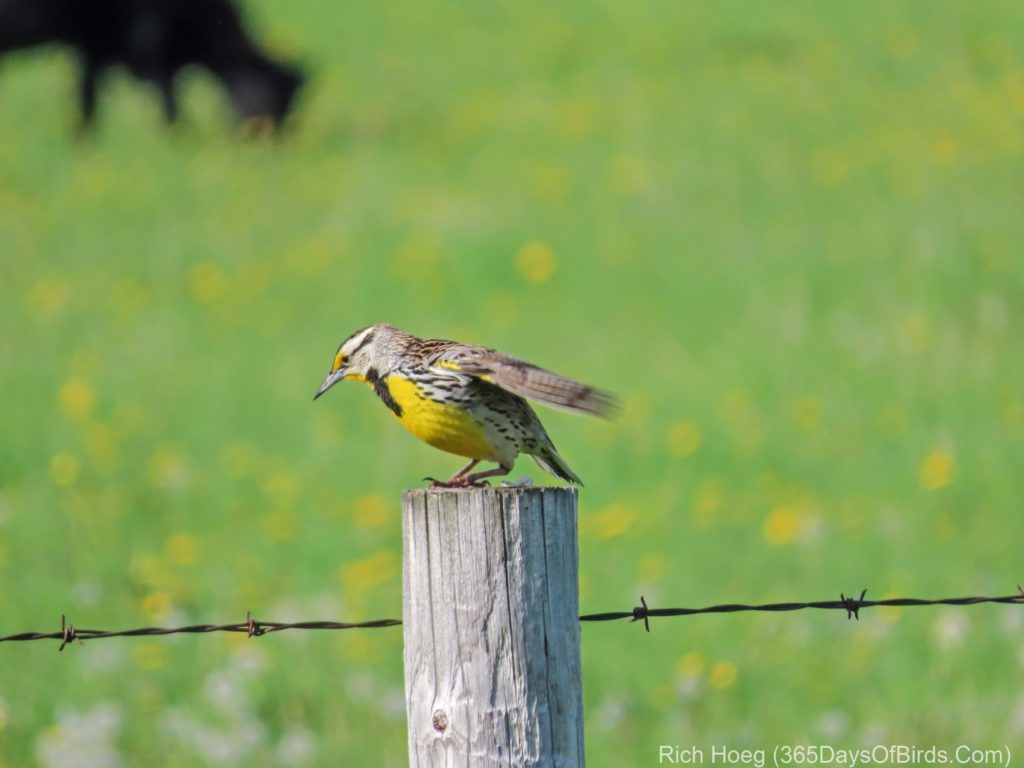
Story #3: Eastern Meadowlark about to dive down on some bugs while a black cow grazes in the background. The photograph is not cropped and emphasizes the pastoral scene including the full profile of the cow.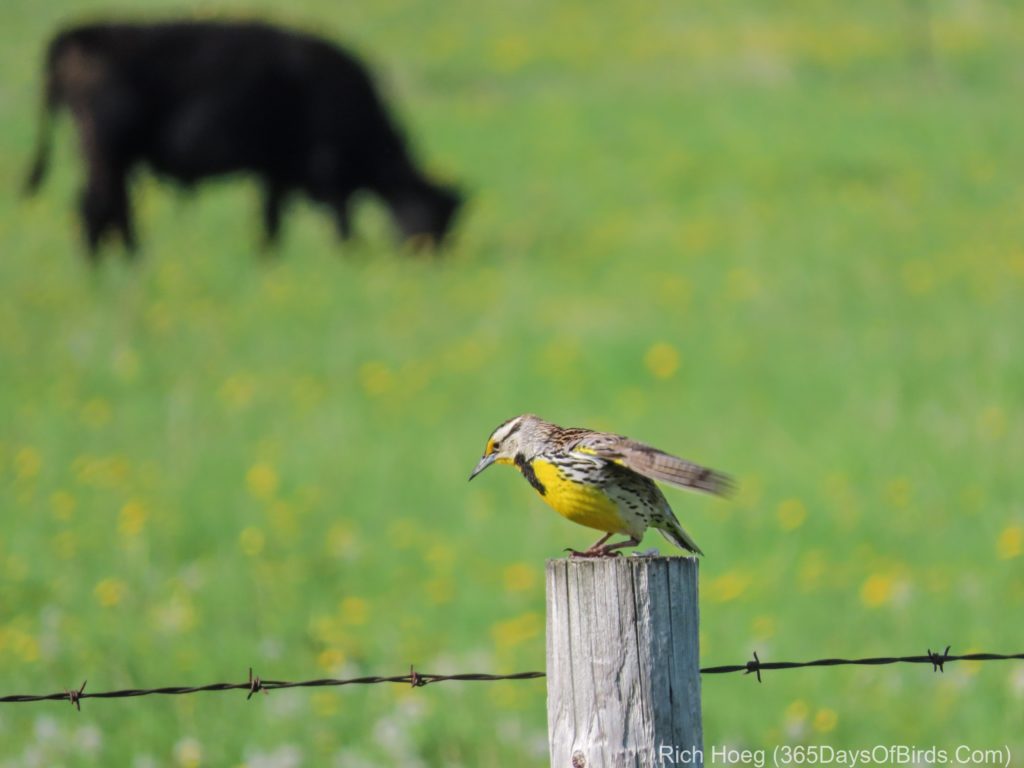
Assuming you are still reading the text of this blog post, I used my Canon SX70 for these images with digital zoom turned off. Generally one should never use digital zoom on any camera. It is better to decide in post production which story as a photographer you wish to tell. Sx70 images are capable of being cropped and still yielding good results assuming the ISO is set low enough (100 in this case). My impression of any camera I have ever used is once one turns digital zoom on, and if one is at full zoom, image quality suffers.
Here are a few more Eastern Meadowlark photos from this morning … all different images in each case.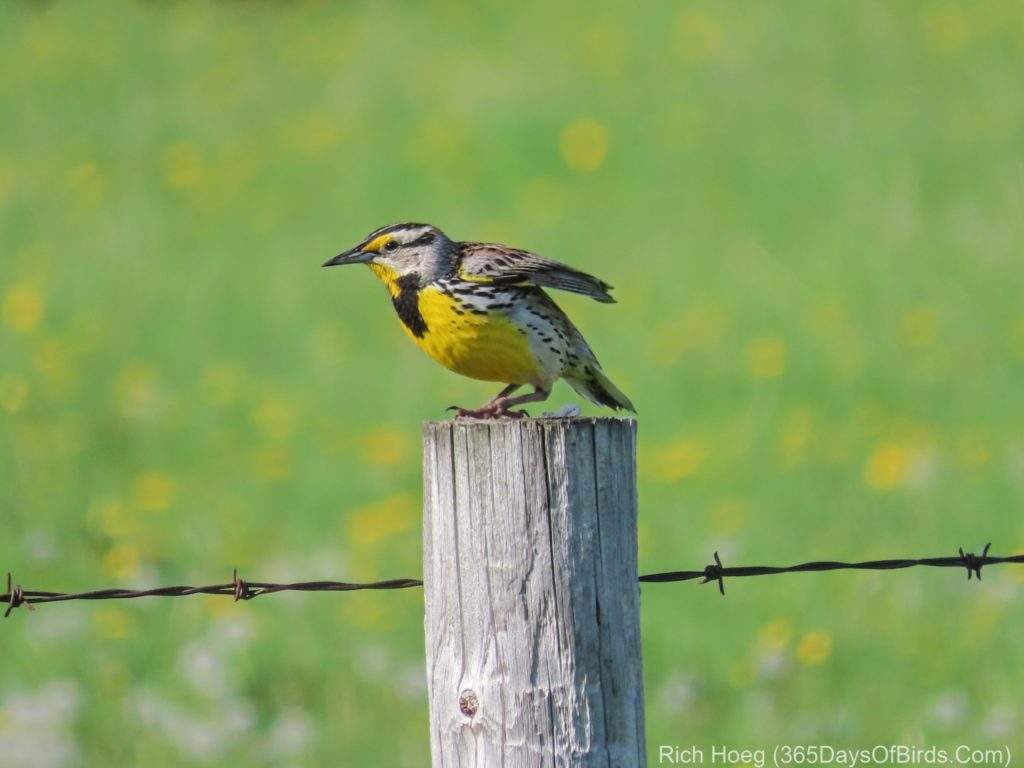
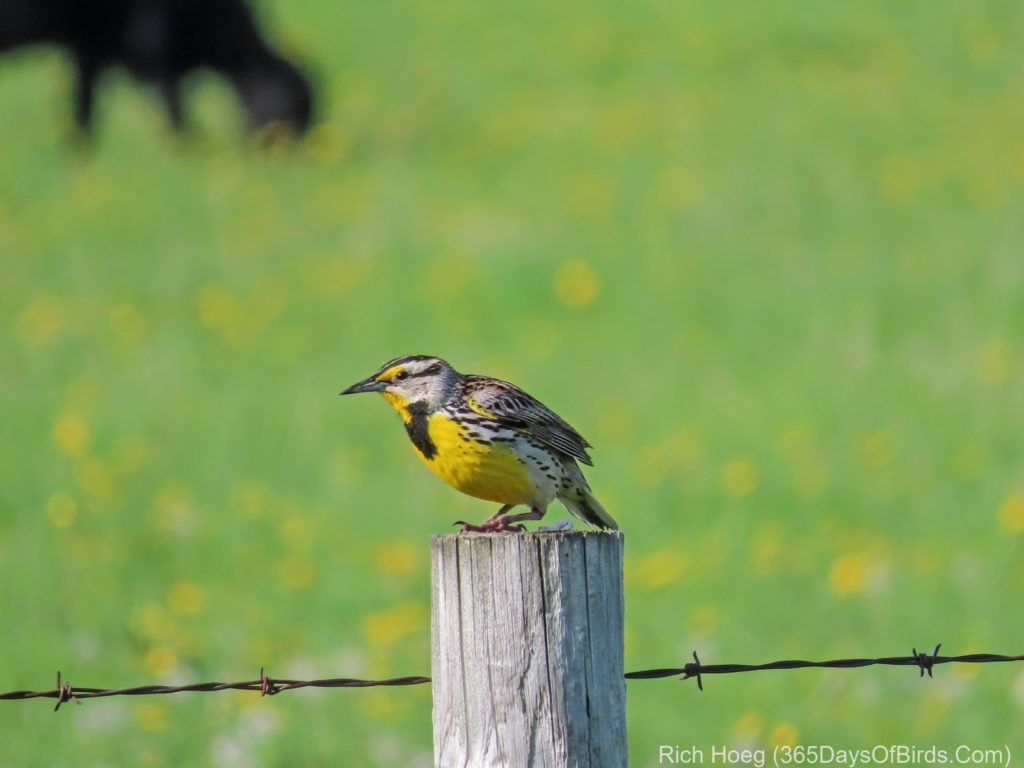
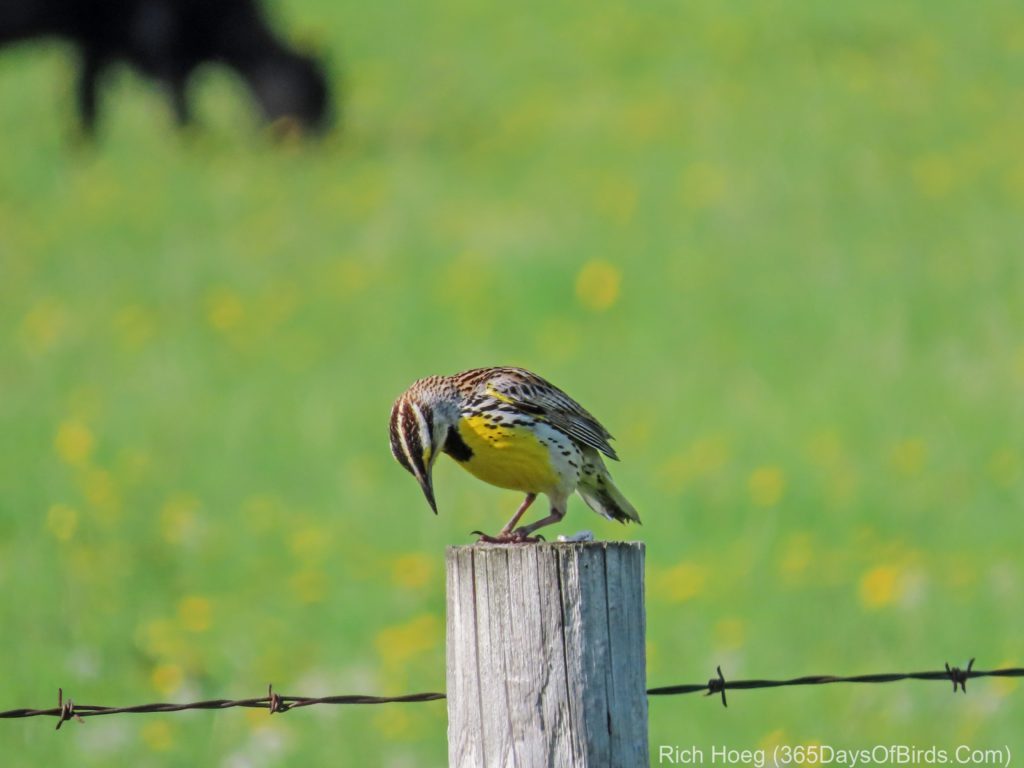
Finally, while hiking I almost stepped on this nesting Killdeer. It is rather amazing how these birds nest right out in the open, and rely upon camouflage for protection.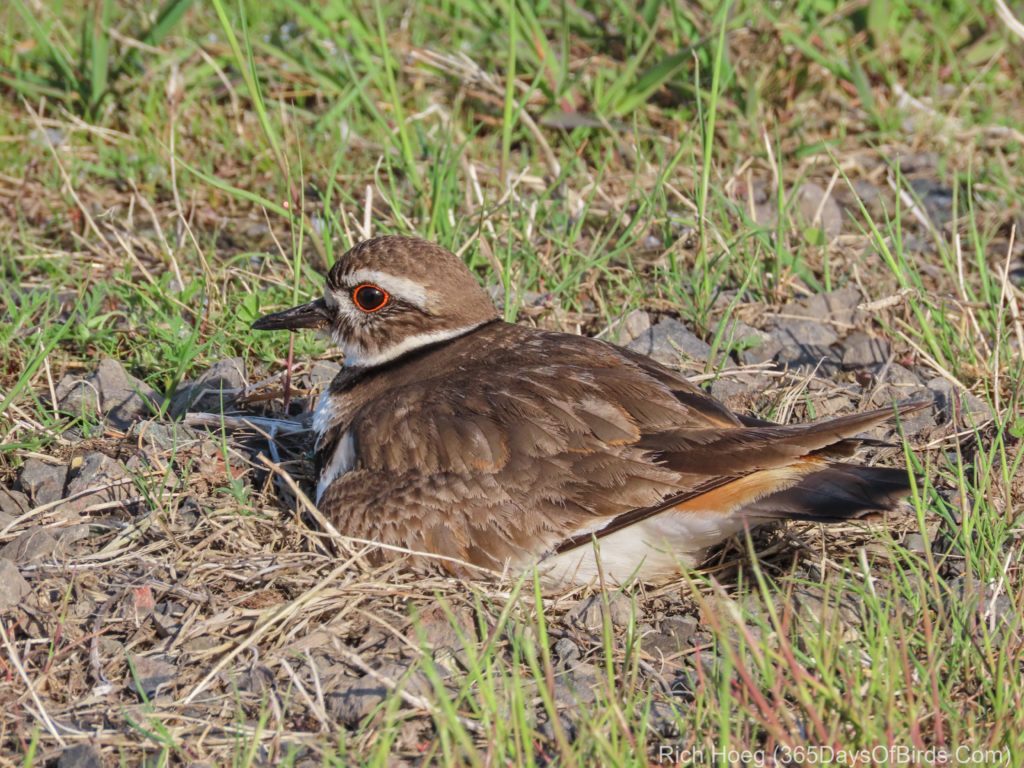
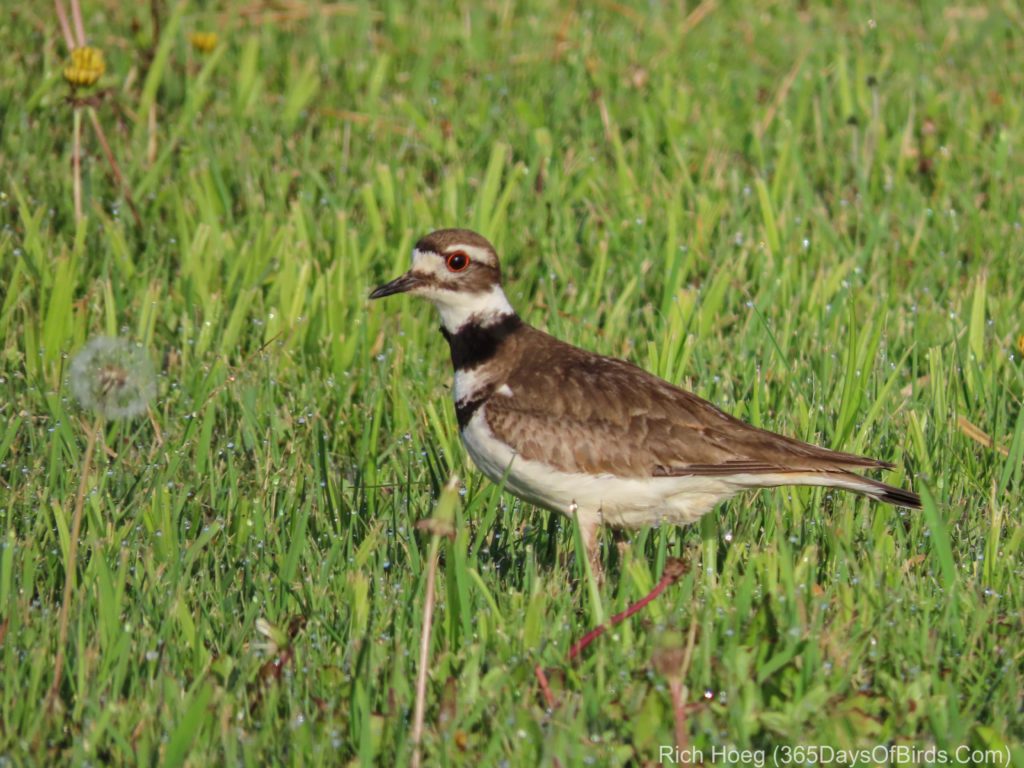
Finally, I prefer Story #2. I like images which reflect the environment in which a bird is found. As photographers we often want to zoom, zoom, zoom to get as close as possible. Once again, close-ups are not wrong, but I prefer to show off the environment a bit more than in Story #1. In addition Story #2 features a larger sized image of the meadowlark than Story #3, but still includes the cow. Story #3 is my second choice, while Story #1 is my last choice!
One closing comment … even though it looks like the Meadowlark is getting ready to dive down on unsuspecting bugs, the real story is the bird is about to deliver breakfast to hungry young. In just a few minutes I saw not one, but two Meadowlarks use this same post and dive down into the tall grasses. Given the commotion which arose (i.e. screaming young), they had to food to deliver. Thus, sometimes the story is not what one would assume! 🙂
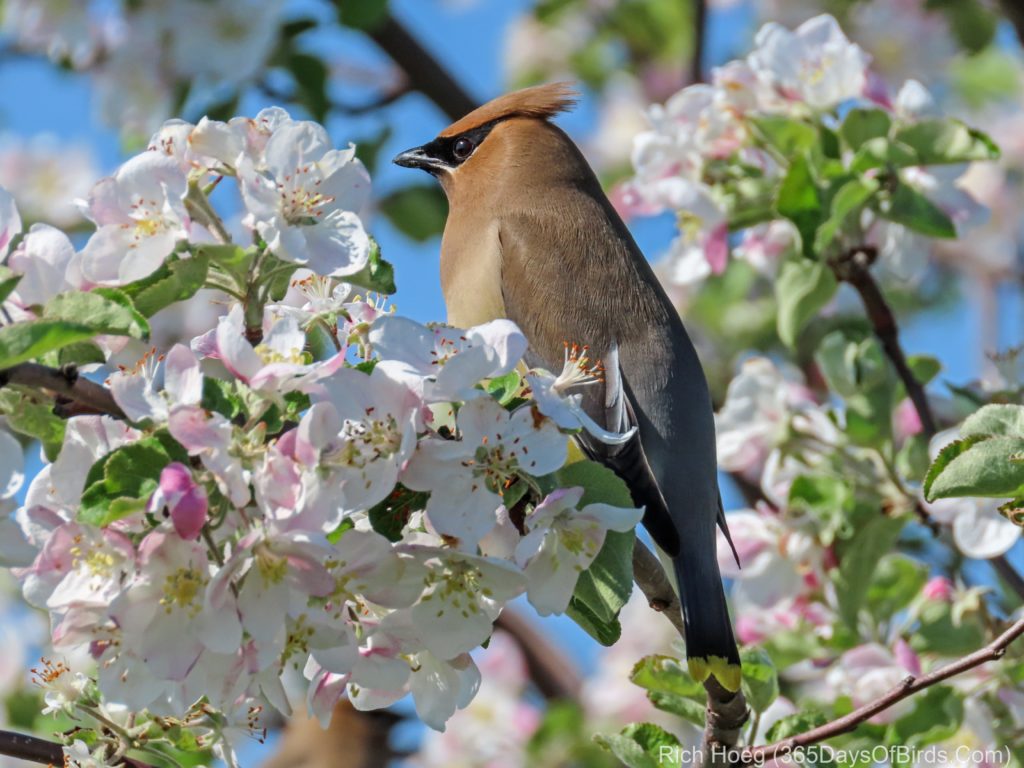
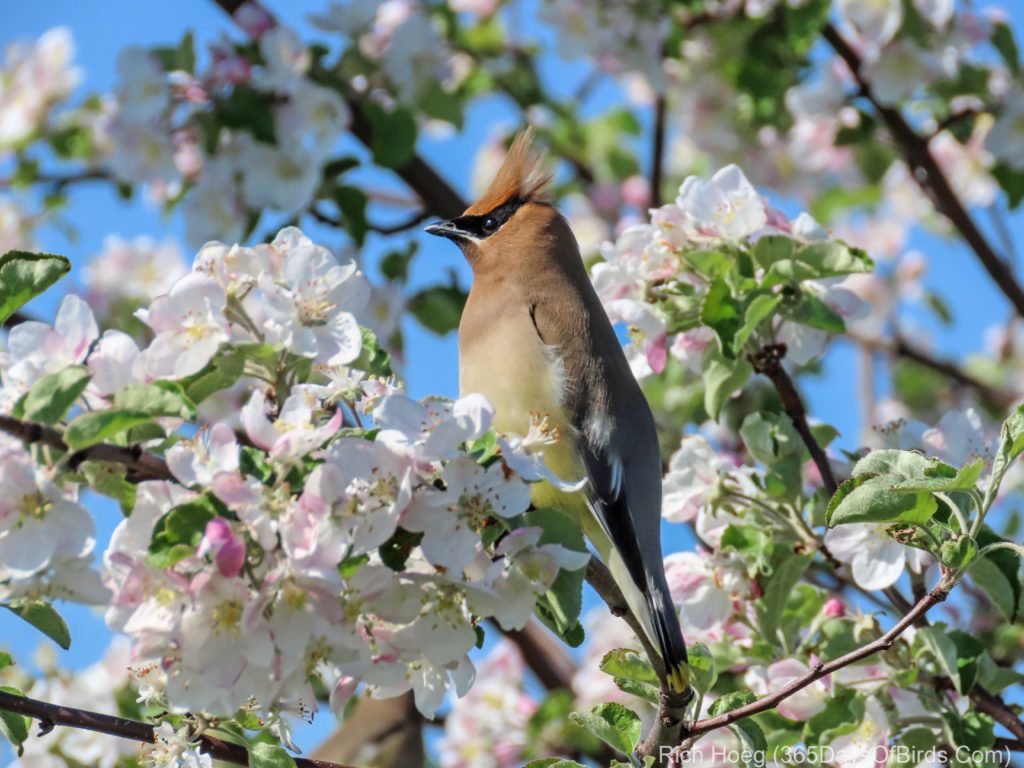
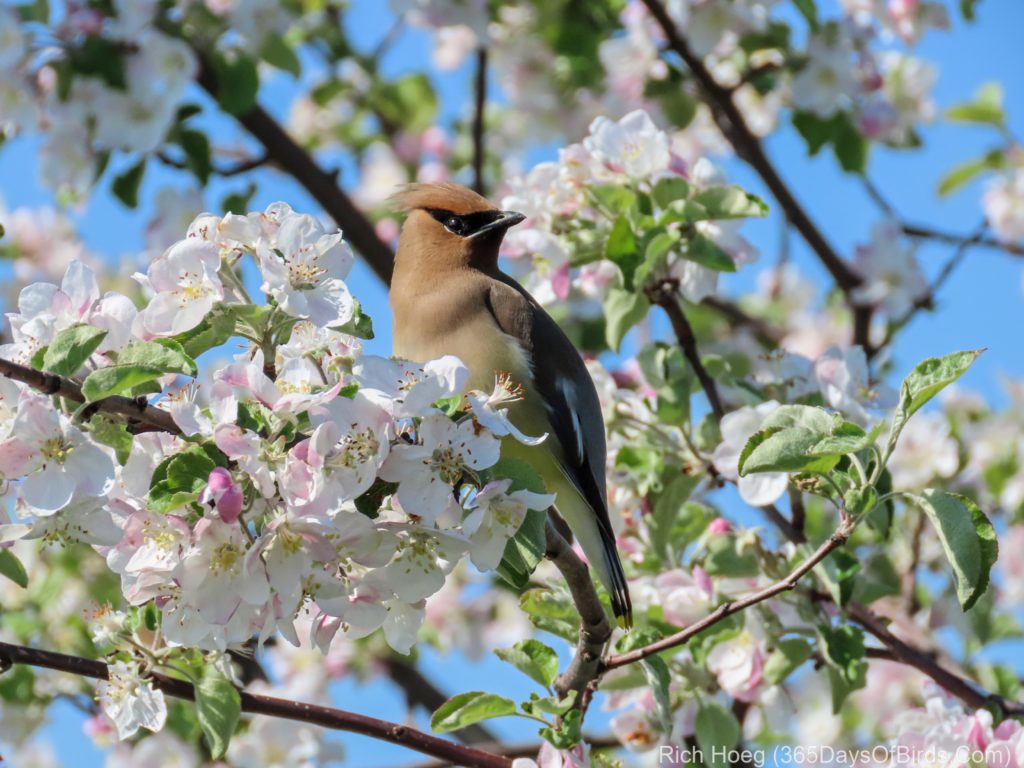
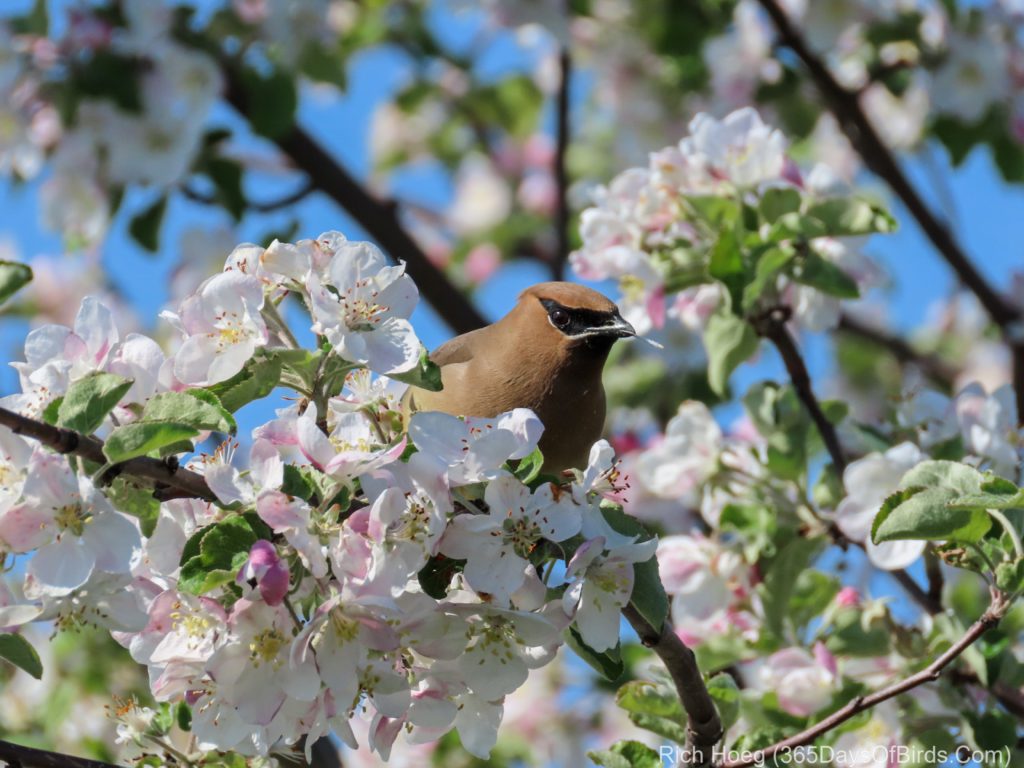

 Follow me, Rich Hoeg, on Instagram.
Follow me, Rich Hoeg, on Instagram.